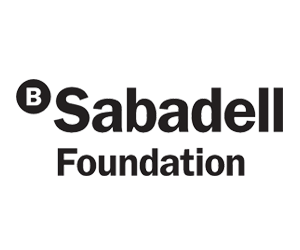


Profile
Born in 1989 in Istanbul, Turkey. Graduated in Physics in 2014 at the Dokuz Eylul University. Between 2015 and 2016, participated in the TEXONO experiment as a visitor scientist in Academia Sinica, Taiwan. During the visit, the subjects on reactor-neutrinos and direct search of dark matter at deep underground laboratories have been studied. By continuing to the same collaboration and short visits, master degree obtained in 2018 at the Dokuz Eylul University. By the 2018, PREBIST fellowship has been earned and joined IFAE – ATLAS group to study proton-proton collisions with the ATLAS experiment at CERN’s Large Hadron Collider (LHC).
Project
Searches for four-top-quark production with the ATLAS detector
This project is focussed on the search for Standard Model (SM) four-top-quark (denoted 4-top) production, as well as for exotic, beyond-the-SM (BSM) particles contributing to this process, using proton-proton collision data at a centre-of-mass energy of 13 TeV collected with the ATLAS detector at the Large Hadron Collider. The study targets spectacular final-state signatures with exactly one lepton (electron or muon) and at least ten jets, as well as with two oppositely-charged leptons and at least eight jets. At least three of the selected jets are required to be identified as originating from the hadronization of b-quarks. The targeted signatures have the largest statistics, but also suffer from a large background contamination from top-antitop-quark production in association with jets (tt+jets). This is an extremely challenging background to accurately model with the simulation, and consequently is affected by large systematic uncertainties that negatively affect the search sensitivity. Therefore, this project required to develop new experimental strategies employing state-of-art machine learning techniques to improve the background modelling, to reduce the impact of systematic uncertainties, and to enhance the signal-to-background discrimination. These developments will shed new light on a rare process with great potential for the discovery of new phenomena beyond the SM.













